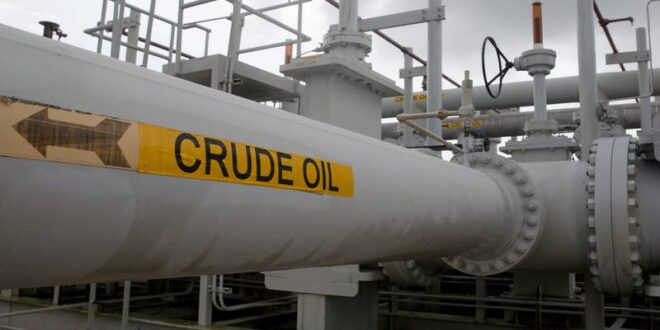OPEC+ yesterday decided to leave its production quotas where they are, at 2 million bpd lower than they were in October, which is an effective cut of 1 million bpd of production. Three days earlier, the European Union reached an agreement to set a price cap on Russian crude oil at $60 per barrel—lower than market prices but not as low as some EU members, such as Poland and Estonia, would have liked the cap to be.
Russia responded by reiterating that it will not sell oil to countries enforcing a price cap. According to Reuters, a decree to that effect is already being prepared.
Amid all this, U.S. oil production growth is slowing down. The shale revolution, as we knew it until a few years ago, is no longer in full-growth mode. And it may never return to it.
On the face of it, all looks good. U.S. output has rebounded from a low of 9.7 million bpd, which was recorded in May 2020, to 12.3 million bpd this September, Reuters’ John Kemp wrote last week, noting that this year’s high was still below the pre-pandemic record of 13 million bpd, hit in late 2019.
What’s more, oil production in the country was not rising steadily. For two of the last seven months, it has actually declined, according to EIA data. And the rate of growth when it grew was half the growth rate recorded during the boom years in U.S. shale.
There are numerous reasons for this slowdown, driven, like output growth, by the shale patch. In many parts of the patch, for instance, drillers are running out of so-called sweet spots—low-cost acreage that has driven much of the shale boom.
Yet oil companies are also rearranging their priorities under an administration that is much less favorable to their industry than previous ones. Returning cash to shareholders has become priority number one, replacing production growth.
There have also been lingering problems from the pandemic lockdowns, such as shortages of things like frac sand and steel tubing, as well as a labor shortage. On top of all that, the industry has had to deal with the same inflation that has hit all other industries, pushing costs up by some 20 percent.
All this means that as it curbs its own supply of Russian oil with the price cap and its oil embargo on the commodity, the European Union cannot really rely on higher oil imports from the United States as it has relied on stronger gas imports.
The outlook is not very encouraging, either. According to a Reuters report from last week, spending in the shale oil industry in the U.S. is far from what it was during the boom years.
The report cited numbers for research and engineering spending at Schlumberger, for instance, now renamed SLB, which fell to 2.3 percent of revenues in the nine months to September.
It also said another large player in the industry, Helmerich & Payne, only planned to increase its R&D spend by $1 million for next year this year’s level, and cited Morgan Stanley analysts as saying that spending on new production was “modest at best”.
“Shale can’t come back to become a swing producer,” said the former head of Parsley Energy, Bryan Sheffield, echoing a very similar statement by Hess Corp.’s John Hess that he made last month.
“Shale was thought of as a swing producer, the Saudis and the OPEC have waited this out. Now, really OPEC is back in the driver’s seat where they are the swing producer,” Hess said at an investor conference.
He was quoted in a Reuters report that also cited other industry executives complaining about lower-than-expected well productivity and a substantially revised production growth forecast for 2021 by the EIA.
Hess went even further, warning that some companies in the shale patch only had a decade or so of life left in them and that “A lot of companies have already hit the wall,” missing their production and investment targets.
Meanwhile, the EU has become the biggest export market for U.S. crude oil, taking in more than Asia since the start of the year, Bloomberg reported in July, in a repeat of the redirection of natural gas flows.
But with U.S. oil output growth on the wane, if OPEC is back in the driving seat, that’s even worse news for Europe than the production growth slowdown in the United States. OPEC has signaled repeatedly in recent months that it has its own agenda, and it is not the same as the EU’s agenda.
On the contrary, the two agendas are very much at odds with the EU’s transition plans and OPEC’s plans to continue marketing hydrocarbons for as long as possible. In the immediate term, however, the two groups’ interests are aligned: the EU will need more oil from OPEC, and OPEC will probably be only too happy to supply it. At market prices, of course.

 Iran Energy News Oil, Gas, Petrochemical and Energy Field Specialized Channel
Iran Energy News Oil, Gas, Petrochemical and Energy Field Specialized Channel



